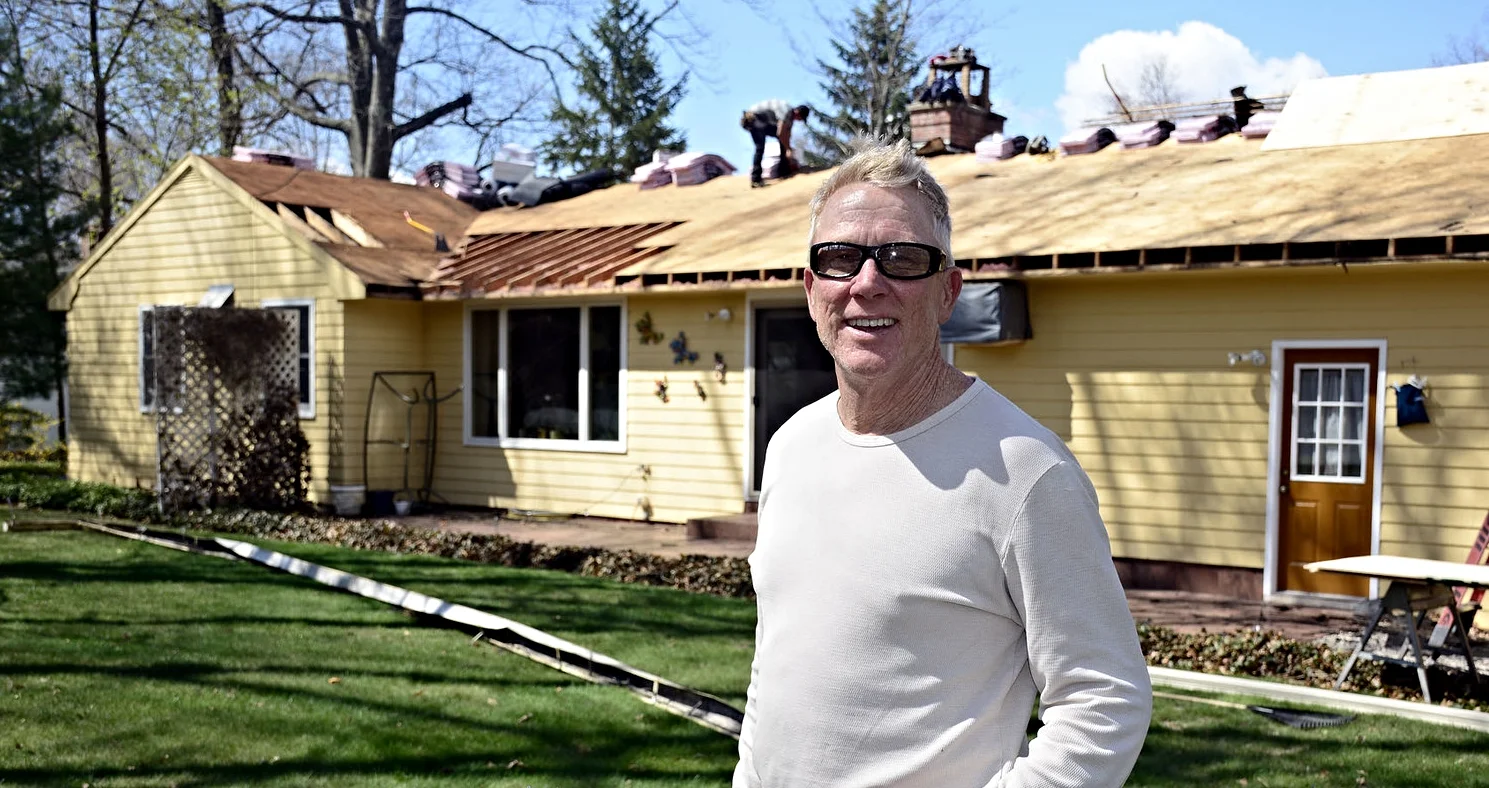Spring Lawn Care Tips for a Healthy Season Ahead
Chelsea O'Donnell
The first day of spring is officially here in Connecticut and we’re already seeing early signs of the season peeking through in the form of crocuses, daffodils, and warmer weather. After an up-and-down winter with a good amount of snow, now is the perfect time to give your lawn some much-needed attention so it thrives all season long.
Here’s your early spring checklist to help get your grass green, healthy, and beautiful:
1. Start with a Soil Test
Before you do anything else, start with a soil test. Grass can be picky, and understanding your soil’s pH and nutrient profile is essential. Ideally, your pH should be between 6.0 and 7.0. A test will help determine what your lawn needs—so you don’t waste money on the wrong fertilizer or seed. You can pick up an easy DIY soil test kit at your local hardware store or hire a professional landscaper to do it for you.
2. Clean-Up Comes First
Once the snow is gone and the ground begins to thaw, it’s time to clean up winter’s mess. Remove any sticks, leaves, or pine needles that have accumulated. Then, rake your lawn—even if it looks clear. Raking helps dethatch the lawn by removing the layer of dead grass and debris that can block sunlight and prevent new growth. Thatch offers insulation in winter, but now it’s time to let your lawn breathe.
3. Aerate for Better Growth
Aerating your lawn is a game-changer. It helps break up compacted soil, improves air and water flow, and gives grass roots better access to nutrients. You can rent an aerator or hire a pro, but either way, don’t skip this step—it really helps your lawn thrive from the ground up.
4. Apply a Pre-Emergent for Weed Control
Weeds are the first to pop up in the spring—and they’re stubborn. Applying a pre-emergent herbicide now will help stop weeds like crabgrass before they take over. The best product for your yard will depend on your soil and grass type, so talk to your local garden center expert for guidance. Getting ahead of weeds early gives your grass a better shot at soaking up all the sunlight and nutrients it needs.
5. Reseed Bare or Thinning Areas
Even healthy lawns can develop thin or patchy areas. Whether you're filling in bare spots or overseeding the entire lawn, the right grass seed makes all the difference. Match your seed type to your soil and light conditions—your local hardware store can point you in the right direction. Use a seed spreader for even coverage and keep the area consistently moist to encourage germination.
6. Finish Strong with Fertilizer
Finally, give your lawn a nutritional boost with fertilizer. Just like with seed, there’s no one-size-fits-all solution. Your soil test results will tell you what nutrients your lawn is lacking, so choose a fertilizer that supports those needs. The right mix will encourage lush, vibrant growth that lasts well into summer.
One Last Tip: Don’t Mow Too Soon!
It’s tempting to get out the mower once the weather warms, but try to hold off. Let your grass grow a little taller in early spring—longer blades help develop stronger roots and prevent weeds from sprouting. A little patience now will go a long way in creating a thick, healthy lawn you’ll enjoy all season.
Happy spring—and happy growing!
Bob O’Donnell is the owner of O’Donnell Bros. Inc., a Bristol-based home improvement company established in 1975. Email your questions for Bob to info@odonnellbros.com with the subject line “Ask the Pro.” All questions may be considered for publication. To contact Bob for your remodeling needs, call (860) 589-5155 or visitwww.odonnellbros.com. Advice is for guidance only.
